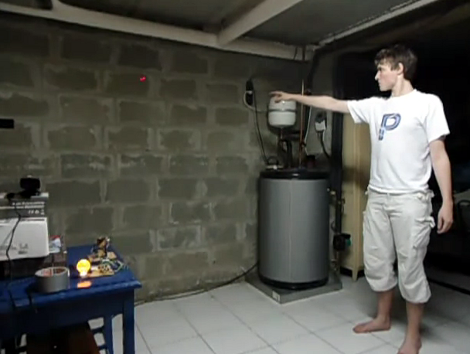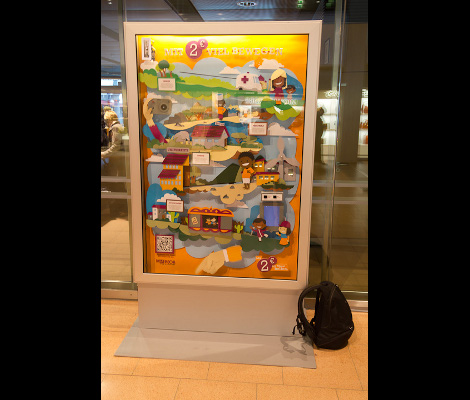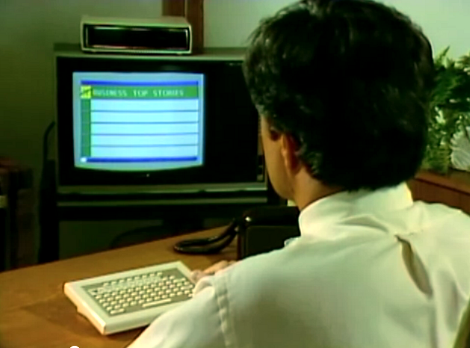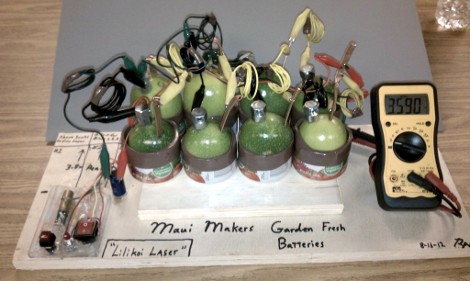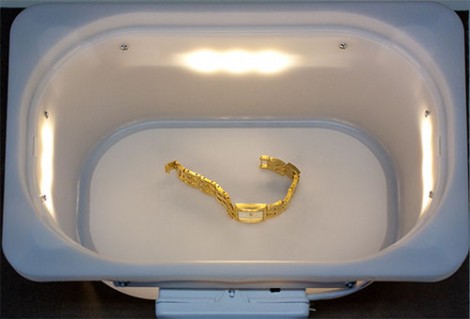If you’d like to try your hand with the art of Blacksmithing but don’t want to go all-in on your first project this may be for you. It’s a forge which you can build for under $100. [Mike O’s] creation has some great features, like the option of using the forge as a pass through, and he finds it’s possible to heat metal up to 4″ wide.
He bought an empty paint can at the home store (we guess you don’t want fumes from any paint residue). The business end of the forge is actually the bottom of the paint can. He cut a small opening, then lined the inside of the can with Insulwool, a fabric used as heat shielding. From there the inside was lined with several layers of Satanite Refractory Cement. The same applications were made to the paint can’s original lid, which serves as the back of the forge. This way it can be removed for that pass-through we mentioned earlier.
A propane torch brings the heat for this project. [Mike] mentions that you’re going to want to do the first few firings outside as the cement really stinks until it’s been through a few heating cycles. This creation should get him started but we bet he’ll upgrade to something like this coal forge before long.
[via Reddit]


